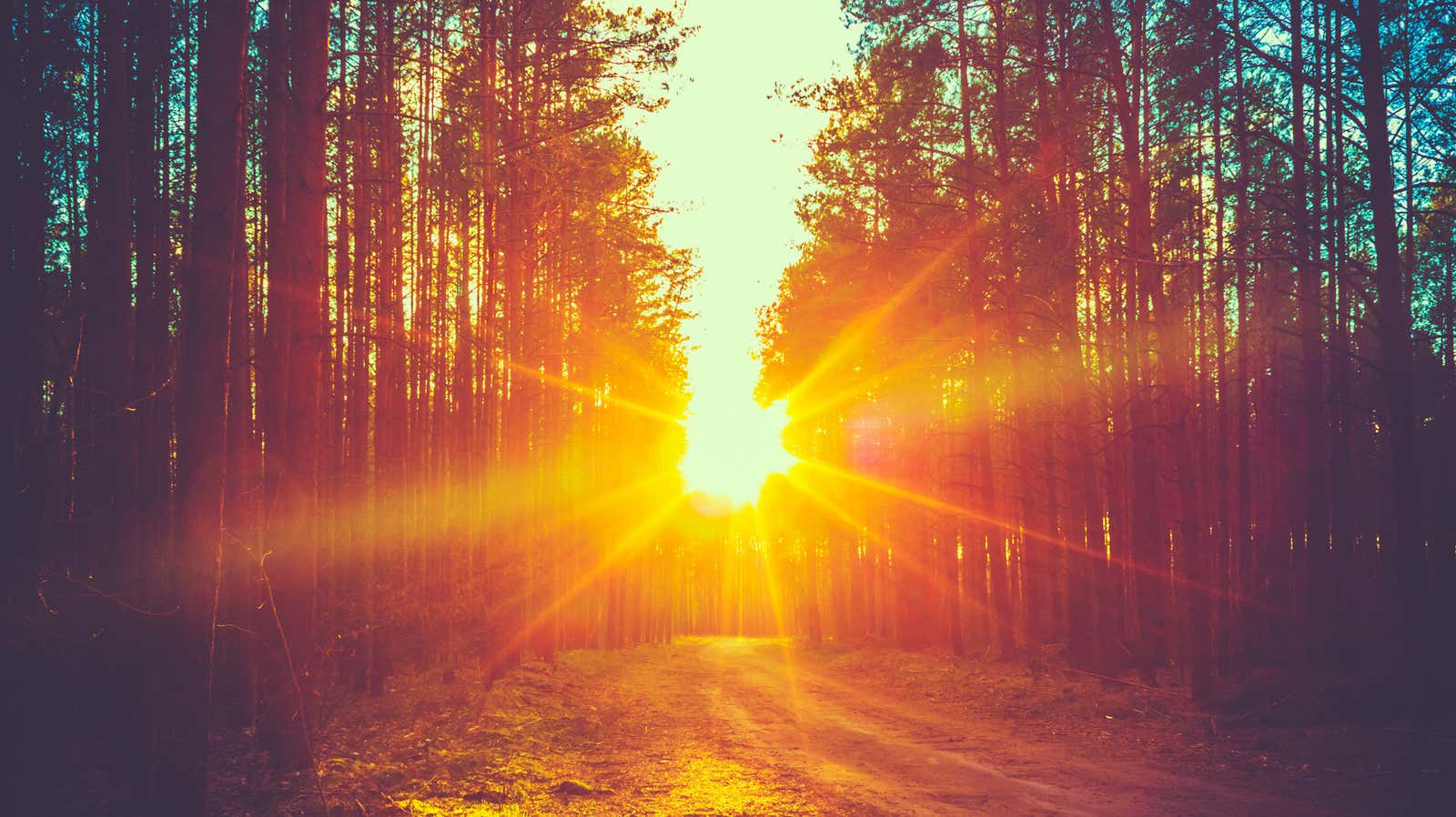How to Take the Best Sunrise and Sunset Photos

There is something that we really cannot resist in the sunrises and sunsets. (And yes, thesong is stuck in my head , and now in yours too.) While they technically happen every day, it’s still hard not to be impressed by the first glow of sunrise or the vibrant colors of the sunset. Of course, this means that people are posting a lot of sunrise / sunset photos on social media. Are these the most original photos? Not really. But it’s not that.
And while it’s easy to roll your eyes when someone appears in your feed, you can try to picture it as someone who had a moment where they could slow down for a few seconds and enjoy something in nature. Or maybe they went out the back door in the evening, saw the colors in the sky, quickly grabbed their phone, and then took a photo specifically to get likes on Facebook or Instagram. (And that’s okay too!)
Regardless of your motivation, you still need to have a decent sunrise or sunset with the right mix of clouds and other factors. Here are some ways to predict whether to set an alarm for sunrise or sunset.
How to predict the best sunrise and sunset
This information comes to us from Sophia Armata, a meteorologist at NBC12 in Richmond, VA. Like many local news stations, viewers are encouraged to submit their sunrise and sunset photos so that they can be shown live by their favorite meteorologist. To help NBC12 viewers – and all of us – know when we are most likely to get the perfect shot, Armata provided us with this weather checklist :
Good visibility
Excellent visibility (10 miles) allows you to capture the beauty of the morning / evening sky. A foggy morning or cloudy evening will block the sunlight. When the sun is the most important element, you cannot afford poor visibility.
Partly cloudy
To see the stunning pinks, purples, oranges, and reds associated with amazing sunrise / sunset images, there has to be something for the sun to bounce off of. When the sun’s rays meet white / gray clouds, the rays bounce off them and give the vibrant colors we love to see. High / low spotted and thin clouds (cirrus, altocumulus or cirrocumulus) are best. Cloudiness is ideal, about 30-60%. Any more / less and your photo may fail.
As the sun goes down, you tend to see a brighter sky. This is because the sun is at its lowest angle and is about to slip beyond the horizon. Since the Sun is now at the farthest point from the Earth, its rays must travel very far before reaching the human eye. Because of the long distance, blue light is scattered at a much faster rate, and we are left with a bright red-white light (this is more consistent with the true color of the sun).
Low humidity
The more moisture in the atmosphere, the duller the colors. Autumn and winter skies usually give the best sunrises / sunsets because the humidity is usually lower during these colder months.
Low wind speed
In order for the partial clouds to stay in place, we need low wind speeds. Very windy days (say, a cold front approaching) means the clouds will part and you will be left with clear skies. Partly cloudy is important!
It could also be another home science game / lesson where you give your child a variation of this checklist and see how well he can predict a good sunrise or sunset.